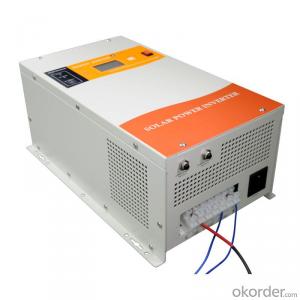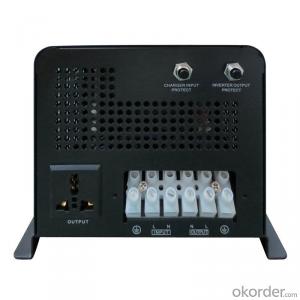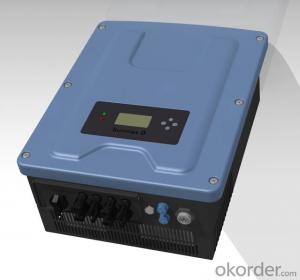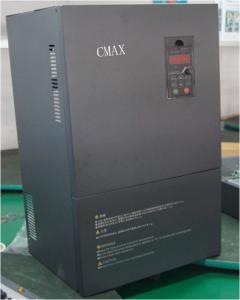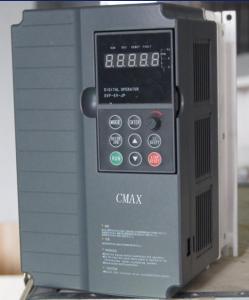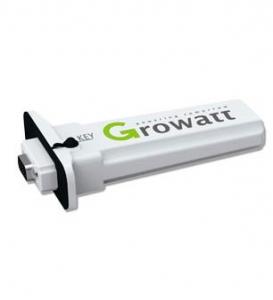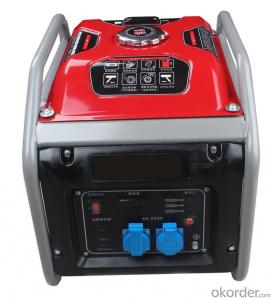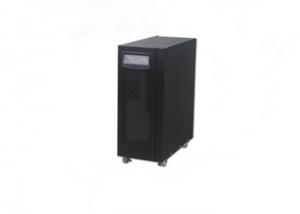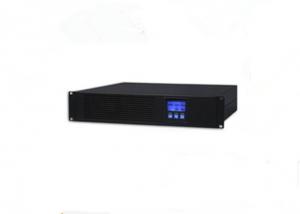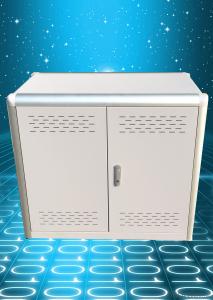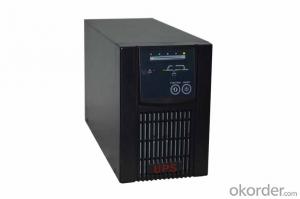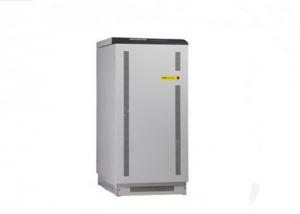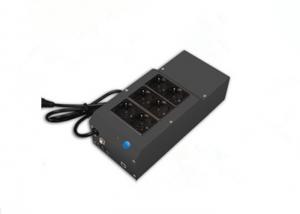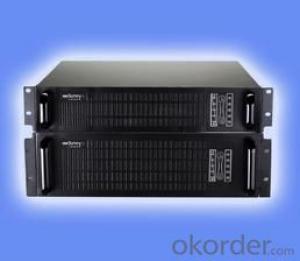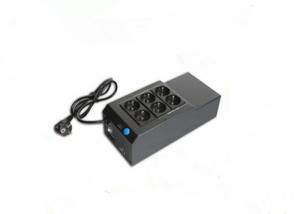Inverter In South Africa
Inverter In South Africa Related Searches
Solar Africa Inverter Inverter In Solar Inverter In Solar Energy Inverter In Solar Power Plant Inverter For Solar Inverter In Solar Panel System Inverter For Solar Battery Inverter For Solar Power Plant Solar Electric Inverter Solar Solar Inverter Inverter On Solar Panel Inverter With Solar Charger Buy Solar Inverter In Nigeria Inverter With Solar System Solar Energy Inverter Solar Converter Inverter Uk Solar Inverter Solar Charger Inverter Inverter Used In Solar Panel Inverter With Solar Panels Solar System Inverter Solar Inverter In Saudi Arabia About Solar Inverter Solar Charger For Inverter Solar Panels Inverter Solar Inverter Inverter Solar System And Inverter Solar Battery Inverter Solar Hybrid Inverter Inverter With Solar InputInverter In South Africa Supplier & Manufacturer from China
In South Africa, the inverter is a crucial electronic device that has gained significant popularity among consumers due to its ability to convert direct current (DC) to alternating current (AC). This conversion allows for the efficient use of electrical appliances that run on AC power, making inverters an essential component in various household and industrial applications. The products included in the inverter category in South Africa encompass a wide range of models and specifications, catering to different power requirements and functionalities.Inverters in South Africa are widely used in various applications, such as powering home appliances during power outages, providing a stable power supply for sensitive electronic equipment, and supporting renewable energy systems like solar panels. They are also commonly used in vehicles, boats, and other mobile applications where a reliable power source is necessary. The usage scenarios for inverters are vast, making them a versatile and indispensable product for both personal and professional use.
Okorder.com is a leading wholesale supplier of inverters in South Africa, boasting a large inventory that caters to the diverse needs of customers. With a commitment to providing high-quality products at competitive prices, Okorder.com has established itself as a trusted source for inverters and related accessories. By offering a comprehensive range of inverters, Okorder.com ensures that customers can find the perfect solution for their specific requirements, whether it's for home use, commercial applications, or backup power systems.
Hot Products


